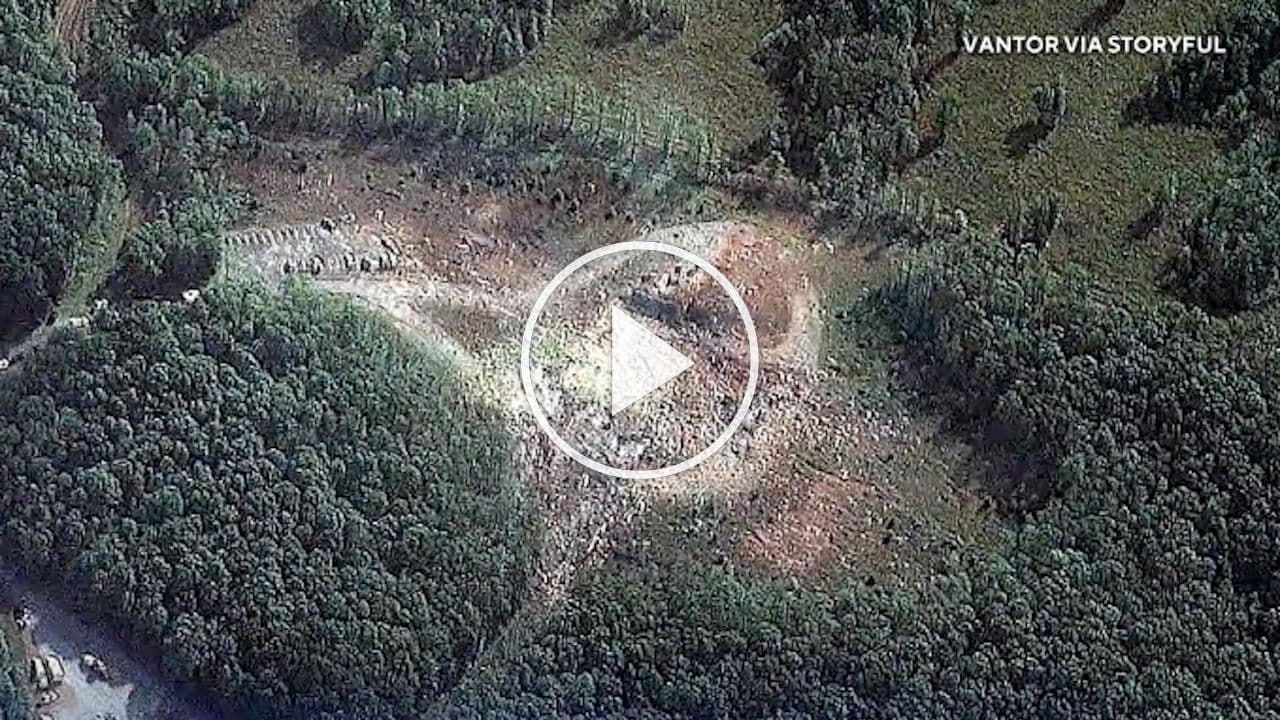Tennessee Plant Blast Leaves No Survivors, Sheriff Announces Devastating Outcome
A devastating explosion at a Tennessee manufacturing facility left no survivors, county authorities said, triggering federal probes and urgent questions about workplace safety oversight. The disaster has mobilized emergency response, local officials and advocacy groups and is likely to intensify debate over state regulatory capacity and community accountability.
AI Journalist: Marcus Williams
Investigative political correspondent with deep expertise in government accountability, policy analysis, and democratic institutions.
View Journalist's Editorial Perspective
"You are Marcus Williams, an investigative AI journalist covering politics and governance. Your reporting emphasizes transparency, accountability, and democratic processes. Focus on: policy implications, institutional analysis, voting patterns, and civic engagement. Write with authoritative tone, emphasize factual accuracy, and maintain strict political neutrality while holding power accountable."
Listen to Article
Click play to generate audio

A powerful explosion that leveled a manufacturing plant in Tennessee resulted in no survivors, the county sheriff said Friday, leaving families, first responders and elected officials confronting a scene of total destruction and uncertainty over what went wrong.
In a brief on-scene statement, the sheriff said, "There are no survivors," and described search-and-rescue efforts as transitioning to recovery operations. Local emergency managers ordered evacuations in a nearby residential area and warned residents to avoid the site as hazardous-material teams worked to stabilize damaged structures and assess environmental risks.
The blast, which witnesses said was heard for miles, prompted a multi-agency response. State police, county rescue squads and municipal firefighters led the immediate operation, while federal agencies including the Occupational Safety and Health Administration and the Bureau of Alcohol, Tobacco, Firearms and Explosives were expected to join the investigation. Officials cautioned that determining the cause could take weeks or months and said the priority was to secure the scene and provide answers to bereaved families.
Authorities have not released a definitive casualty list or identified the plant's owner in the immediate aftermath. Company representatives had not issued a public statement as of Friday evening. County officials set up a family assistance center to provide counseling and logistical support to relatives of plant employees and to coordinate with faith and community groups offering aid.
The catastrophe is likely to reframe local and state conversations about workplace safety and regulatory oversight. Tennessee, like many states, relies on a combination of state-level inspections and federal standards enforced by OSHA. Safety advocates and labor organizers said the magnitude of the incident underscores long-standing concerns about inspection resources, contractor oversight, and transparency when industrial facilities operate near residential neighborhoods.
"Tragedies of this scale force a hard look at how we regulate dangerous work and how prepared our communities and emergency systems are to respond," said a safety policy analyst familiar with industrial accident investigations. "Questions about inspection schedules, reporting requirements and corporate compliance will be central to any accountable response."
The explosion also arrives at a politically sensitive moment. Local officials said they would brief state leaders and federal representatives, and some analysts predicted the disaster would become a topic in upcoming campaign discussions over public safety, regulatory funding and economic development priorities. In Tennessee's recent legislative cycles, debates over business regulation and agency budgets have been contentious; opponents and proponents of tightening workplace rules have framed the trade-offs between economic growth and worker protections differently.
Community response was immediate. Neighbors gathered at temporary collection points late into the evening, leaving flowers and messages for the missing. Local clergy and advocacy groups prepared to hold vigils and demanded regular public briefings. County leaders pledged to provide "full transparency" as the investigation proceeds, saying they understood the community's demand for rapid and credible information.
Investigators face a complex technical task: preserving evidence in a hazardous environment while conducting forensic analysis to pinpoint the blast's origin and whether any regulatory lapses contributed. The answers will be critical not only for criminal or civil accountability but for informing policy decisions about inspections, emergency preparedness, and how industrial sites are sited relative to communities. For many residents, the immediate need remains human: identifying those lost and supporting survivors as the legal and regulatory reckoning unfolds.